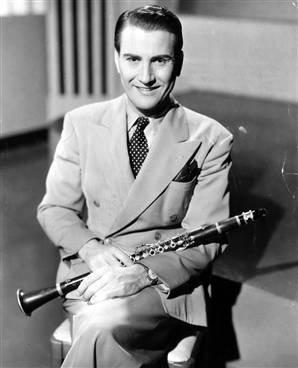
To fully understand Shaw on and off the bandstand, this orchestra is as good a place as any to begin your analysis. Shaw's relentless aspiration, think-big reach and intellectual restlessness all seem to stem from this band's high standards.
When Shaw folded and started a succession of bands in search of new sounds in the '40s, I suspect this is the sound and feel he was trying to recapture. A band wound so tight that clarinet notes would spring off the surface when dropped.
JazzWax tracks: The only set available on this band
This story appears courtesy of JazzWax by Marc Myers.
Copyright © 2024. All rights reserved.


























